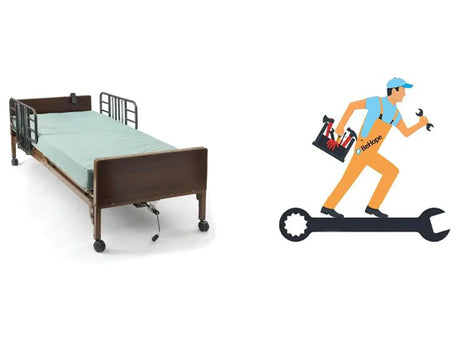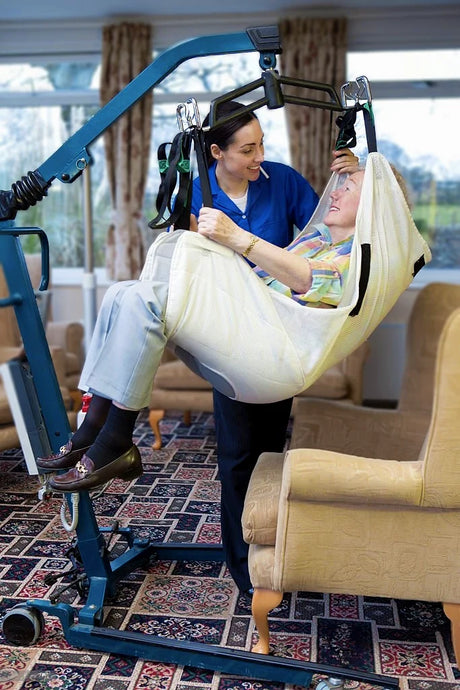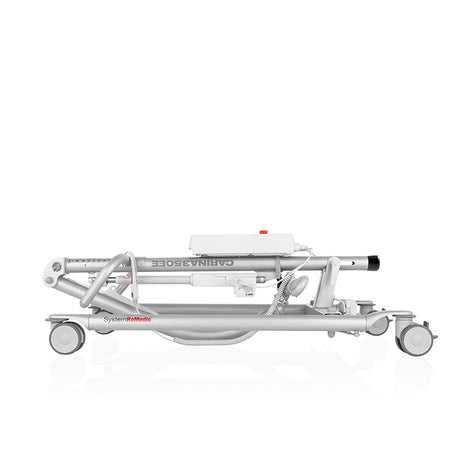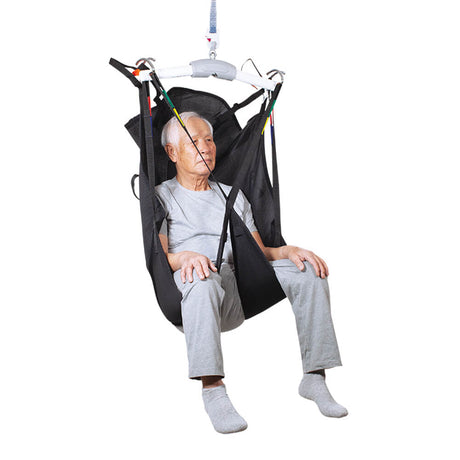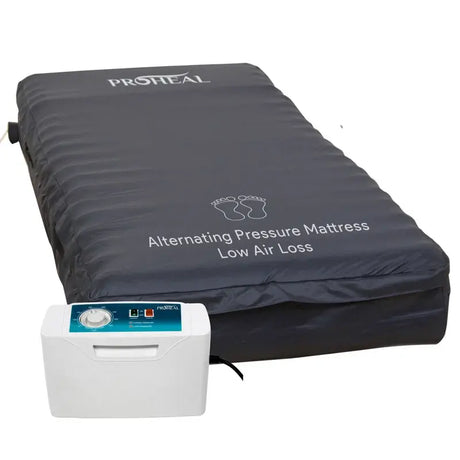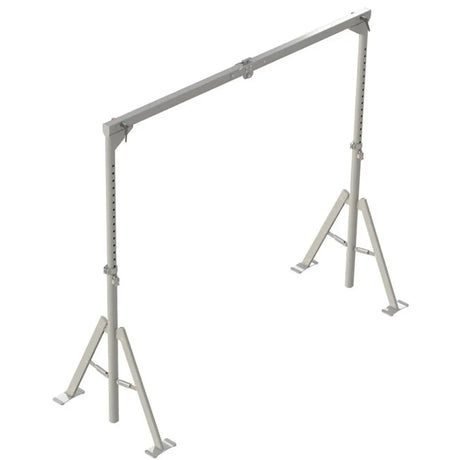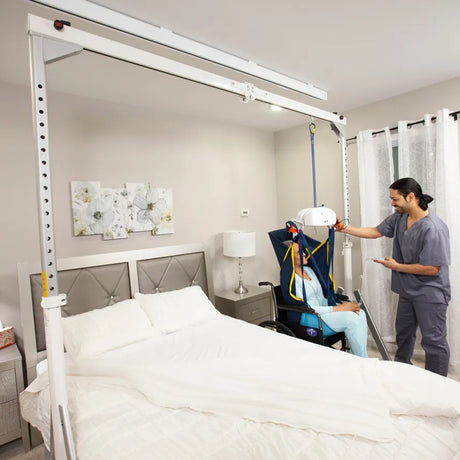Living in a rental house often comes with its fair share of challenges, especially for individuals with mobility issues. One of the main concerns for those who struggle with stairs is whether they can install a stairlift in their rental property. In this article, we will explore the rules and regulations surrounding the installation of stairlifts in rental houses in Ontario.
Understanding the Ontario Residential Tenancies Act
The Ontario Residential Tenancies Act (RTA) is a comprehensive legislation that governs the rights and responsibilities of landlords and tenants in the province. When it comes to making modifications to a rental property, it's crucial to understand the provisions of the RTA.
Consult with the Landlord
Before thinking about installing a stairlift, it is essential to communicate with your landlord about your accessibility needs. Landlords in Ontario are obligated to provide and maintain tenanted premises that are handicap accessible. Initiating a conversation with your landlord will ensure that everyone is on the same page and may increase the likelihood of getting permission to install a stairlift.
Discussing Modifications
Once you have explained the necessity of a stairlift to your landlord, it is prudent to discuss the potential modifications required to install it. This includes any alterations to the walls, staircase, or other structural elements. Openly addressing these concerns can help both parties assess the feasibility of the installation.

Obtaining Written Approval
In Ontario, landlords have the right to approve or deny tenant modification requests. It is important to request written permission from your landlord to install the stairlift. This written approval serves as a legal safeguard for both parties and establishes the terms and conditions under which the modification can take place.
Temporary Modifications vs. Permanent Alterations
In some cases, a landlord may agree to a temporary modification instead of permanent alterations. Temporary modifications, such as removable stairlifts without drilling or structural changes, may be more readily accepted by landlords. However, permanent alterations, like drilling holes or modifying walls, could require further negotiation and consent.
Covering Costs and Responsibilities
When it comes to installing a stairlift in a rental property, there is often a debate about who is responsible for covering the costs. In most cases, tenants are responsible for the installation costs, while landlords may be responsible for any necessary structural modifications or repairs after the tenant leaves the property.
Navigating Potential Challenges
While the process outlined above provides a general guideline, it's essential to be aware of potential challenges that may arise. Some landlords may be unfamiliar with the specific needs of individuals with mobility issues or may have concerns about property modifications. Engaging in open and respectful communication is crucial to addressing these concerns and finding common ground.
Seeking Professional Assistance
If negotiations with the landlord become complex or if there is uncertainty about the legal aspects of installing a stairlift, seeking professional assistance is advisable. Legal experts specializing in property and tenancy law can provide valuable insights and guidance. They can help ensure that all parties involved understand their rights and responsibilities, facilitating a smoother process.
Documenting the Agreement
Once you and your landlord reach an agreement, it's crucial to document the terms in writing. A formal agreement should outline the scope of the modification, responsibilities of both parties, and any financial arrangements. Having a written agreement can prevent misunderstandings and provide a reference point for both parties throughout the installation process.
Exploring Funding Options
Depending on your financial situation, there may be funding options available to assist with the costs of installing a stairlift. Some government programs or non-profit organizations provide financial aid or grants for accessibility modifications. Exploring these options can help alleviate some of the financial burdens associated with making your rental home more accessible.
Maintenance and Removal Considerations
In discussions with your landlord, it's essential to address maintenance and removal considerations. Determine how maintenance, repairs, or removal of the stairlift will be handled during your tenancy and upon moving out. Agreeing on these aspects in advance can prevent disputes and ensure a smooth process throughout the tenancy.
Conclusion
Navigating the installation of a stairlift in a rental house in Ontario requires open communication, collaboration with the landlord, and a clear understanding of rights and responsibilities under the Ontario Residential Tenancies Act. While challenges may arise, addressing them proactively and seeking professional assistance when needed can lead to a positive outcome that enhances accessibility and quality of life for tenants with mobility issues. By following these guidelines, individuals can pursue the installation of a stairlift while respecting the rights and considerations of both tenants and landlords.
This comprehensive approach aims to provide a thorough understanding of the steps involved in installing a stairlift in a rental property, ensuring that tenants with mobility issues can explore and implement necessary accessibility modifications within the framework of Ontario's tenancy regulations.



